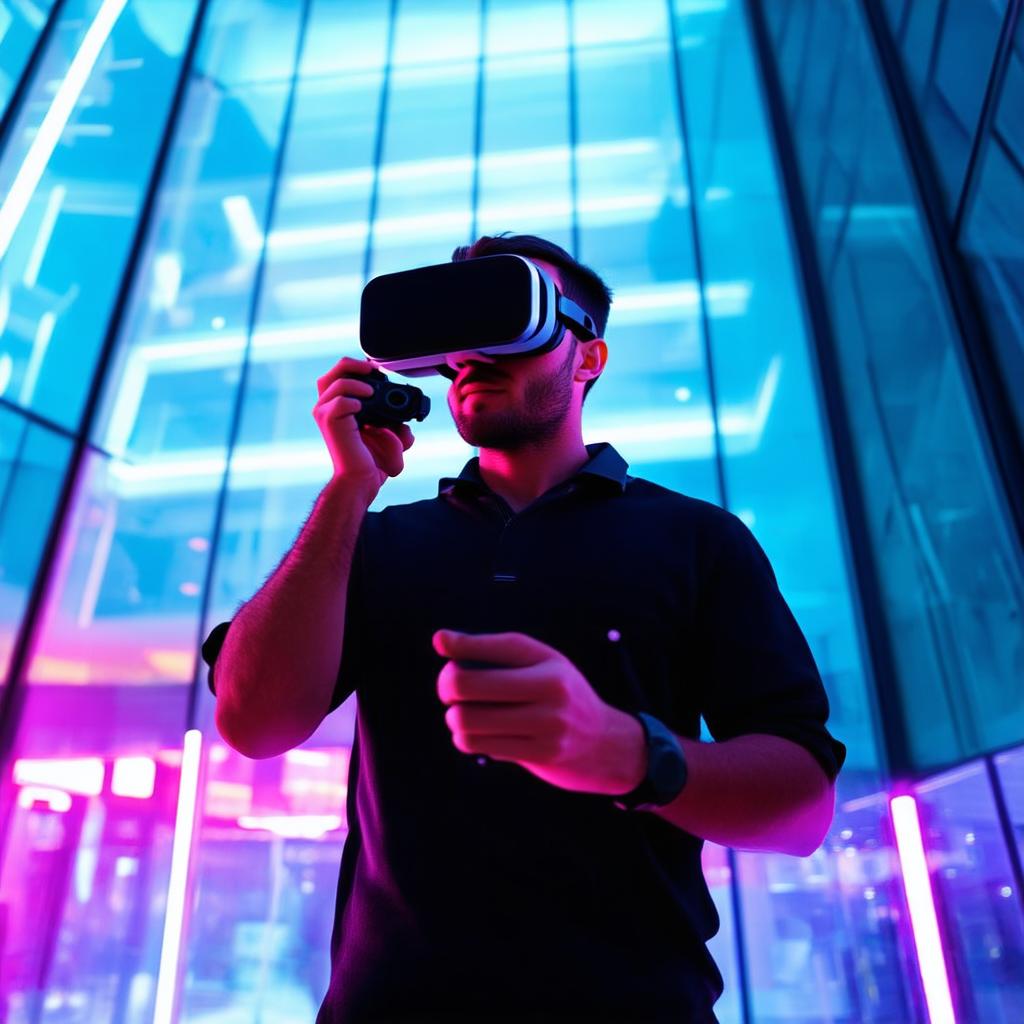Virtual reality (VR) refers to a computer-generated simulated environment that allows users to interact with and experience the world as if they were physically present in it. VR technology uses sensors, cameras, and other devices to track the movements of users’ bodies and create an immersive experience that can be used for entertainment, education, therapy, training, and more.
At its core, virtual reality is all about creating a realistic and engaging environment that simulates the real world in a way that feels authentic. This is achieved through a combination of hardware and software that work together to create a seamless experience for the user.
One of the key components of VR technology is the headset, which sits on the user’s head and provides them with a 360-degree view of the virtual environment. This allows users to look around and interact with objects in a way that feels natural and intuitive.

In addition to the headset, VR also uses sensors and other devices to track the movements of users’ hands, feet, and body. This information is used to create a more immersive experience by allowing users to interact with virtual objects in a way that feels real.
Another important aspect of VR technology is the software that creates the virtual environment itself. This can range from simple games and simulations to more complex applications such as therapy programs, training simulations, and educational tools.
There are many different types of VR experiences available, ranging from gaming and entertainment to education and therapy.
* Gaming: Virtual reality offers a new level of immersion and interactivity that makes gaming more engaging and exciting than ever before. With VR, users can feel like they are really in the game and can interact with virtual objects in ways that were previously impossible.
* Education: VR can be used to create immersive educational experiences that allow students to learn in a way that is both fun and engaging. For example, VR can be used to simulate historical events or scientific concepts in a way that brings them to life and allows students to interact with them in a meaningful way.
* Therapy: Virtual reality has been shown to be an effective tool for treating a range of mental health conditions, including anxiety, depression, and PTSD. By creating a virtual environment that mimics real-life situations, VR can help patients confront their fears and overcome obstacles in a safe and controlled way.
* Training: Virtual reality can be used to simulate real-world scenarios such as emergency response or military operations. This allows trainees to practice their skills in a controlled environment and make mistakes without fear of consequences.
In conclusion, virtual reality is a powerful tool that can be used for entertainment, education, therapy, training, and more. By creating a realistic and immersive environment that simulates the real world, VR technology allows users to experience new things and learn in a way that is both fun and effective. As VR technology continues to evolve, we can expect to see even more exciting and innovative uses for this powerful tool.
